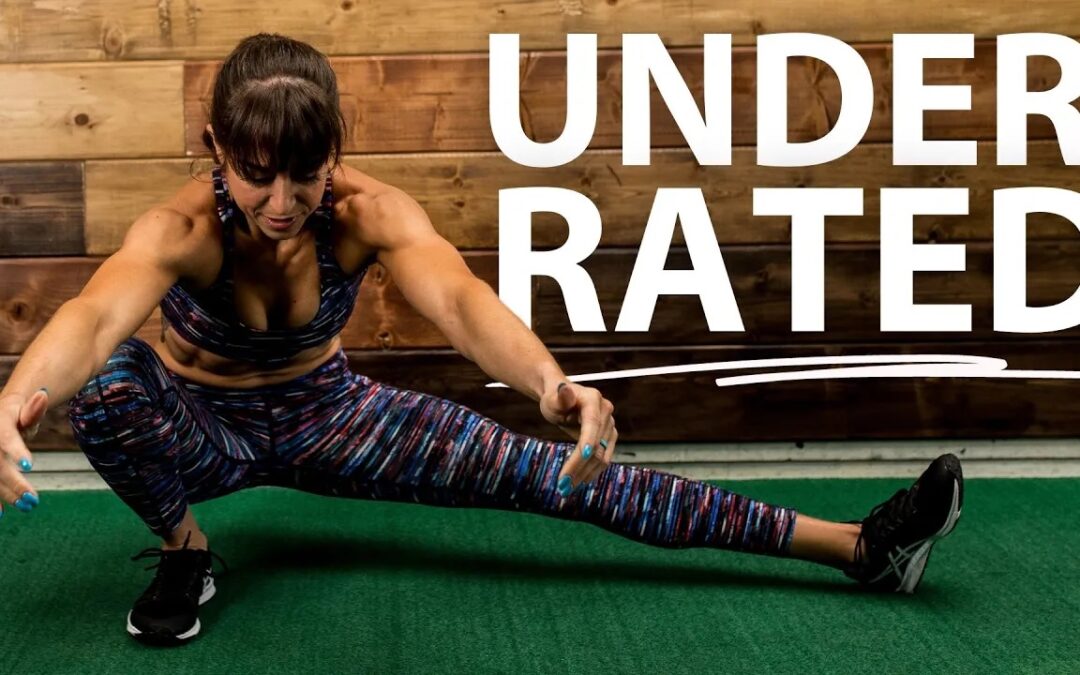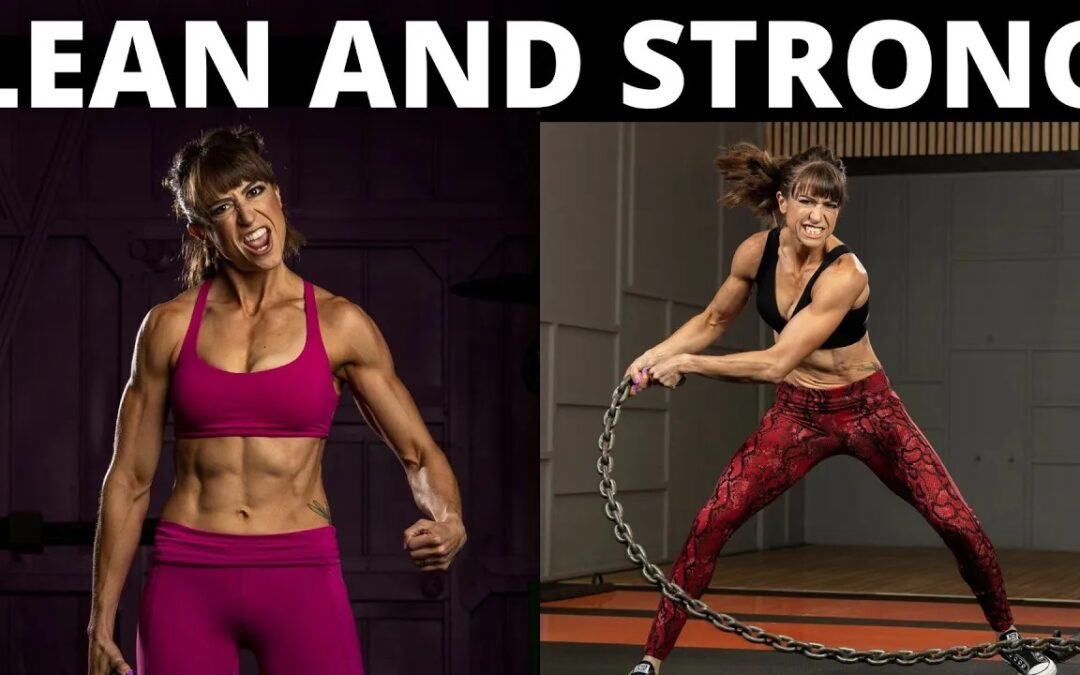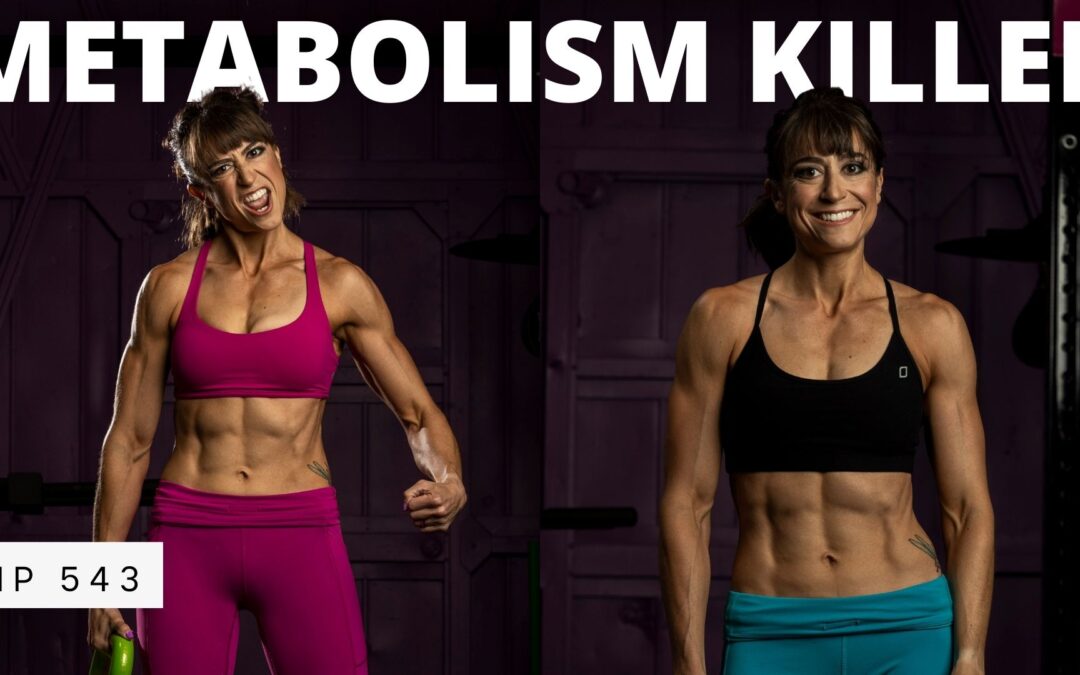
by Cori Lefkowith | Nov 21, 2023 | Blog, Exercises, Functional Fitness
This squat is NOT for everyone. Even modified it is a challenging movement. But it is also an amazing unilaterally focused exercise and lateral movement that can improve your ankle and hip mobility and stability while helping you improve your leg strength. It is a...

by Cori Lefkowith | Nov 14, 2023 | podcast, Uncategorized
Life is about constant exploration. About constant growth. About constantly challenging ourselves to learn and improve. We should always be setting goals – whether they are performance, lifestyle, monetary, aesthetic… And we should always be CHANGING to reach...

by Cori Lefkowith | Nov 12, 2023 | Blog, Diet
“You don’t even have any belly fat!” I got that comment on a post I had with tips to help clients lose that oh so stubborn belly fat. My reply back… “You’re right. I don’t! I have the ab definition I want BECAUSE I followed these tips. I was surprised by that comment...

by Cori Lefkowith | Nov 9, 2023 | Blog, Diet, Exercises
Muscle is the secret to longevity. If you want to be lean and strong till your final day on this planet, you need to focus on building muscle. But if you want to build muscle, you’ve got to work at it. We lose muscle, and strength, as we get older, but part of that is...

by Cori Lefkowith | Oct 31, 2023 | podcast
Muscle stokes our metabolic fire. Often if we just focused on building muscle, we would ultimately be leaner and see fat loss results faster. Yet so often our previous dieting practices have already sabotaged our metabolic health. The good thing is our metabolism...






